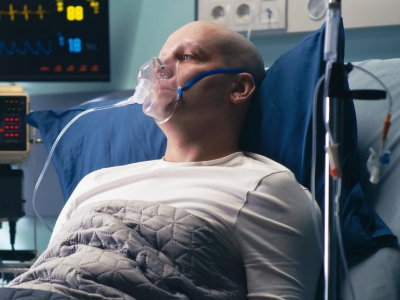Parents in South Korea were three times more likely to have their child vaccinated against COVID-19 when they perceived the information they received on the vaccine to be sufficient and nearly eight times more likely to do so when they found the information credible, according to a study published yesterday in JAMA Network Open.
A team led by Seoul National University researchers surveyed 113,450 parents who had a child in grades 1 to 6 from Feb 7 to 10, 2022, 7 weeks before the COVID-19 vaccine rollout for children aged 5 to 11 years and during Omicron variant predominance. The team recruited parents through notices from their child's school. Median age of the 113,450 children was 10.1 years.
Clinicians' role in education
Only 6.5% of parents were willing to vaccinate their child as soon as possible. A total of 13.9% thought the vaccination information they received or accessed was sufficient, and 20.3% said it was credible.
Parents who thought the vaccination information they received was sufficient were 3.1 times more likely, and those who perceived the information to be credible were 7.6 times more likely, to say they would vaccinate their child against COVID-19 than those who found it insufficient or untrustworthy.
Higher levels of information sufficiency and credibility were tied to perceptions of greater vaccine safety (sufficiency, β=0.08; credibility, β=0.59) and effectiveness (sufficiency, β=0.05; credibility, β=0.60).
The researchers said that the results suggest "that communications and policies that provide sound information are essential to improve vaccination rates."
Perhaps vaccine hesitancy is not really hesitancy at all.
In a related commentary, Joanna Katzman, MD, MPH, of the University of New Mexico, and Ann Christiano, MPAP, of the University of Florida, said it's essential that healthcare providers be the main source of information about the vaccines, particularly new ones such as the COVID-19 vaccine.
"Perhaps vaccine hesitancy is not really hesitancy at all but the result of a lack of enough trained and trusted clinician messengers willing and able to patiently stay the course with their patients and families, listening without judgment to their fears and anxieties," they wrote.










